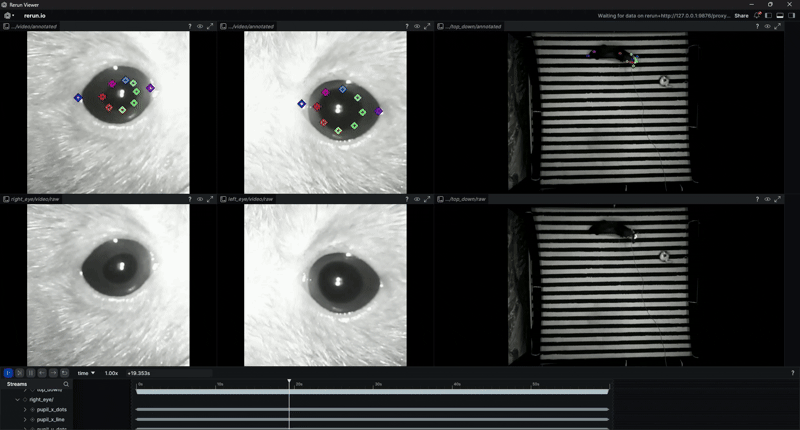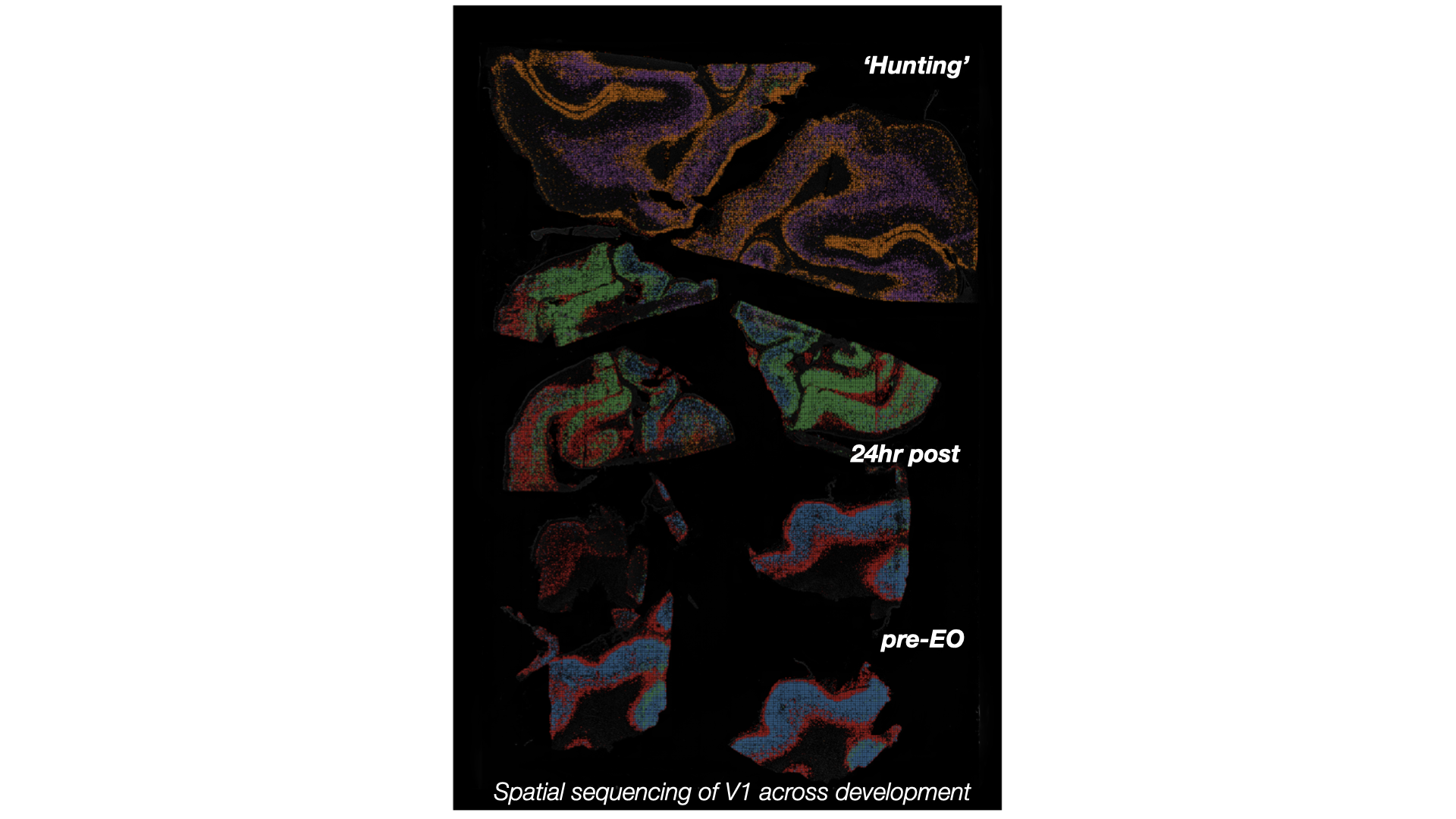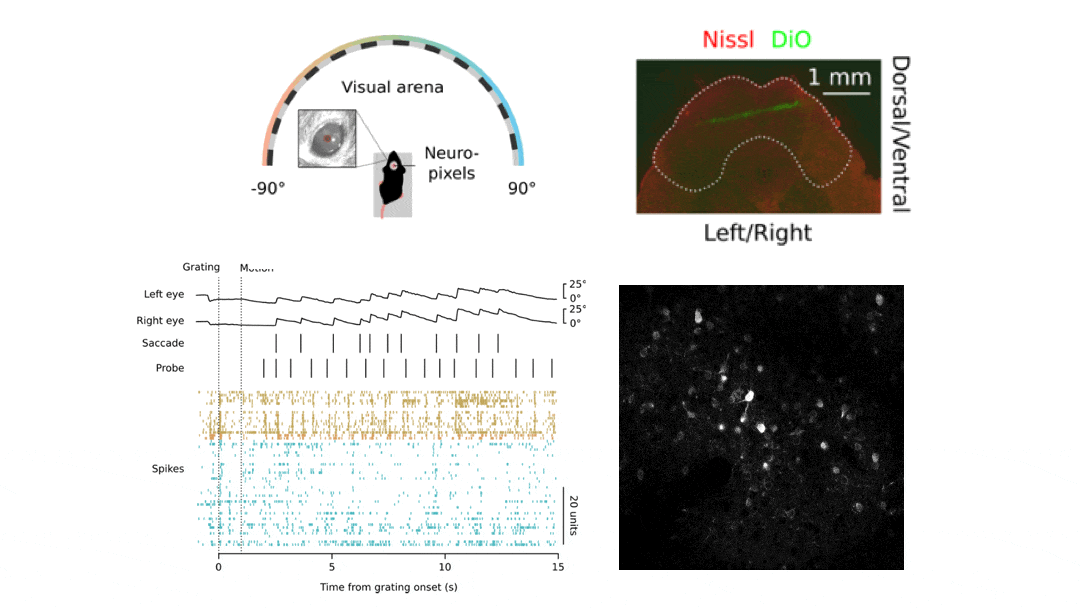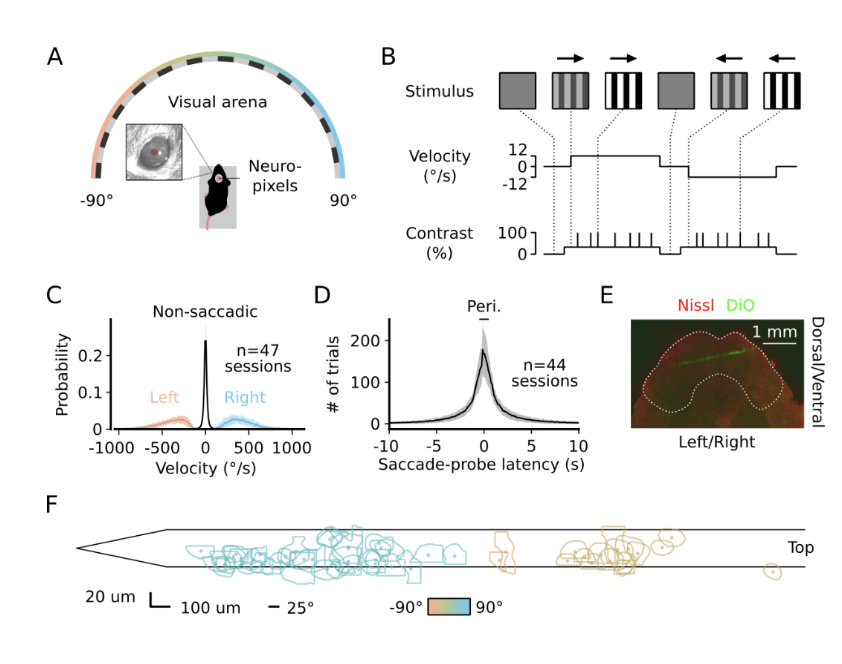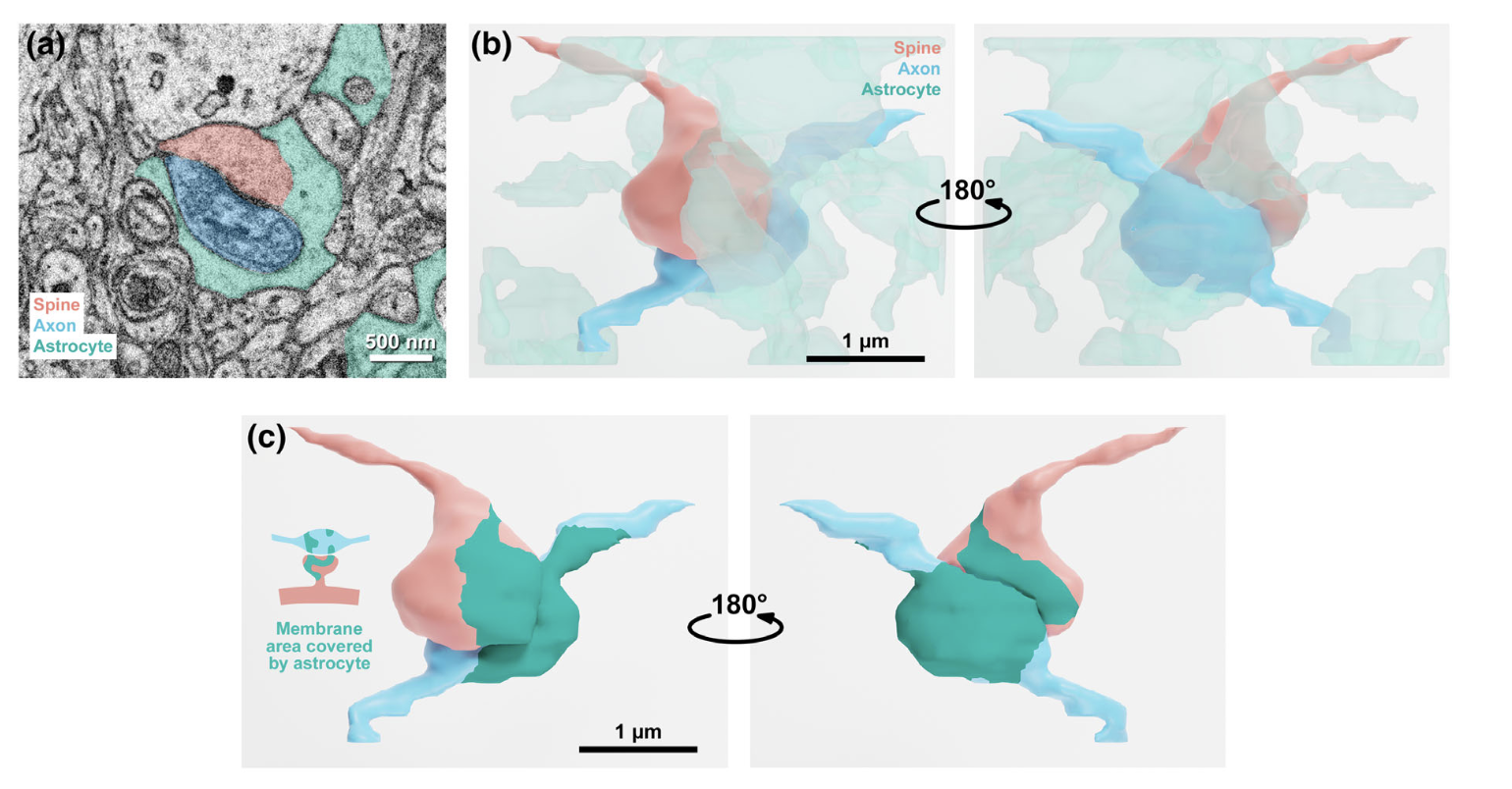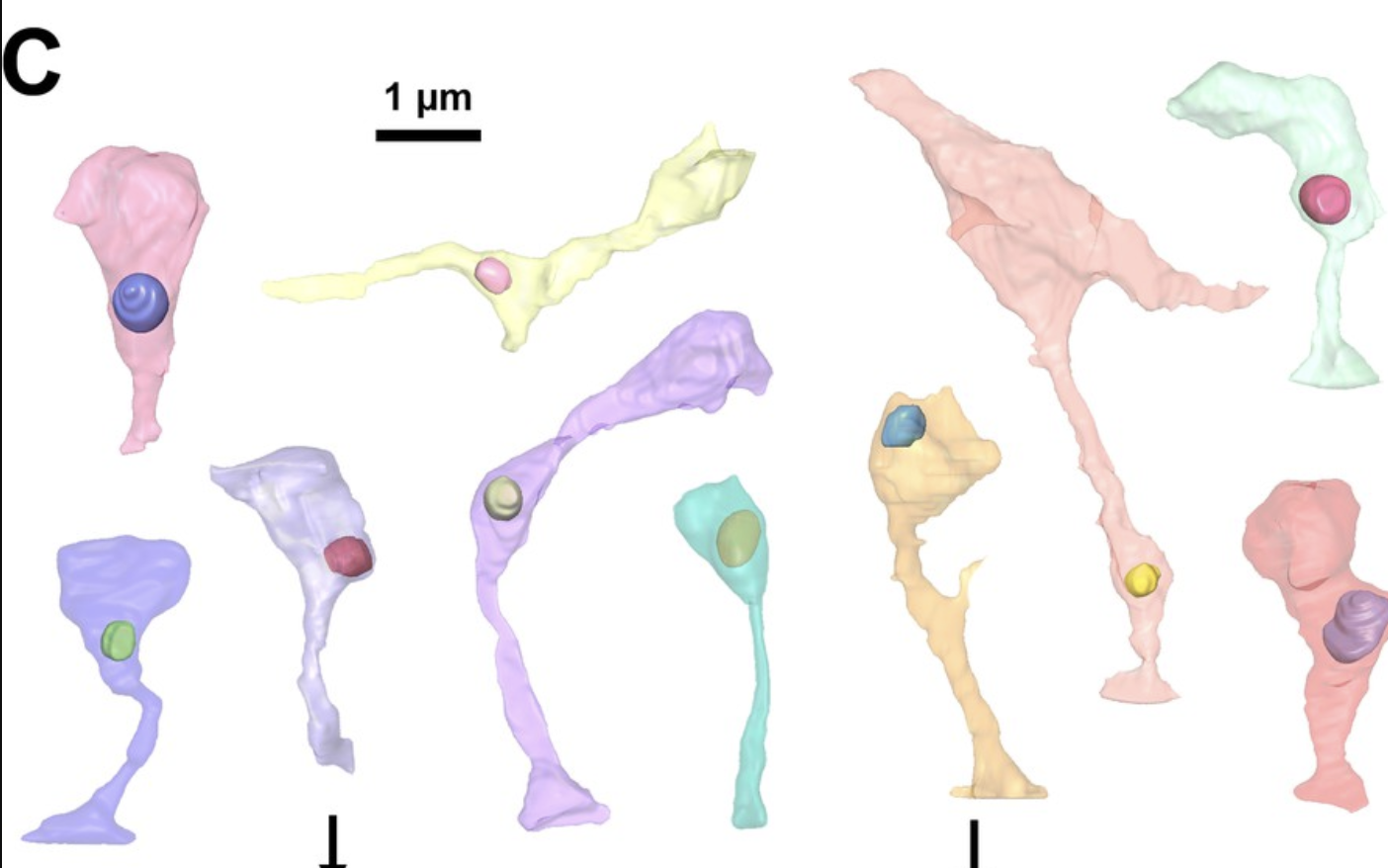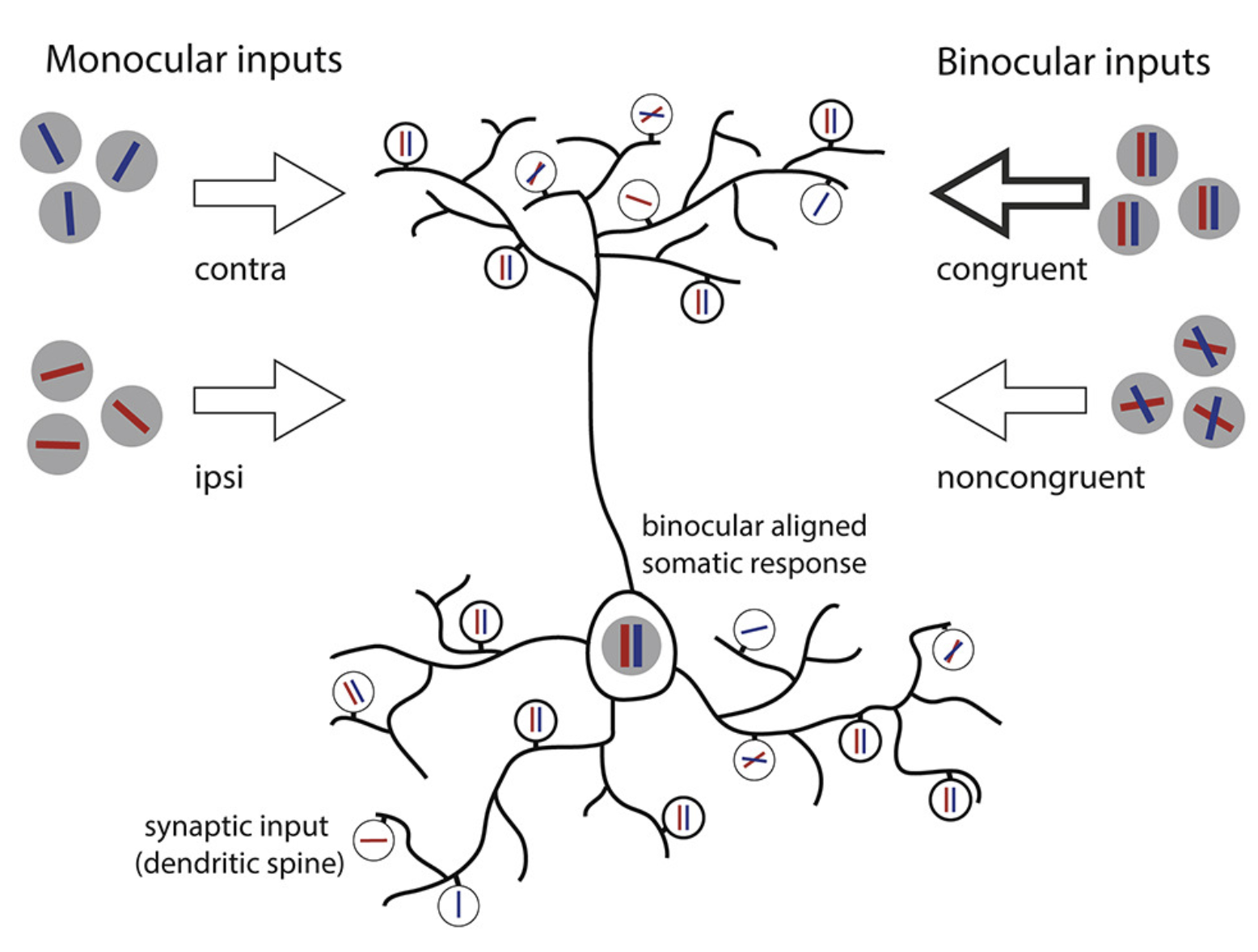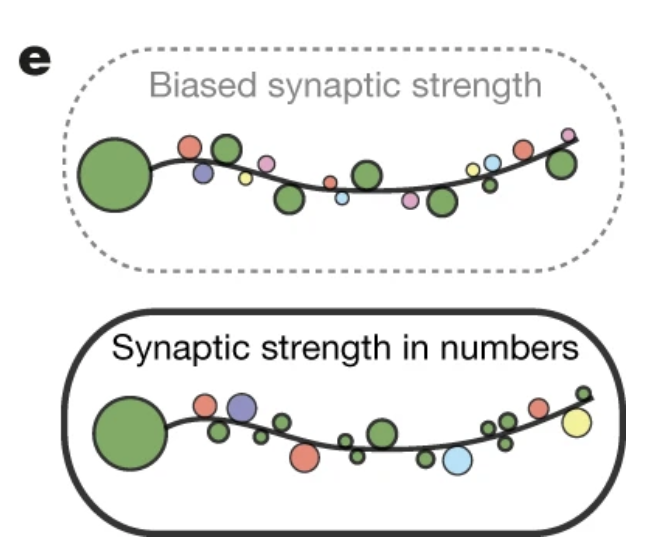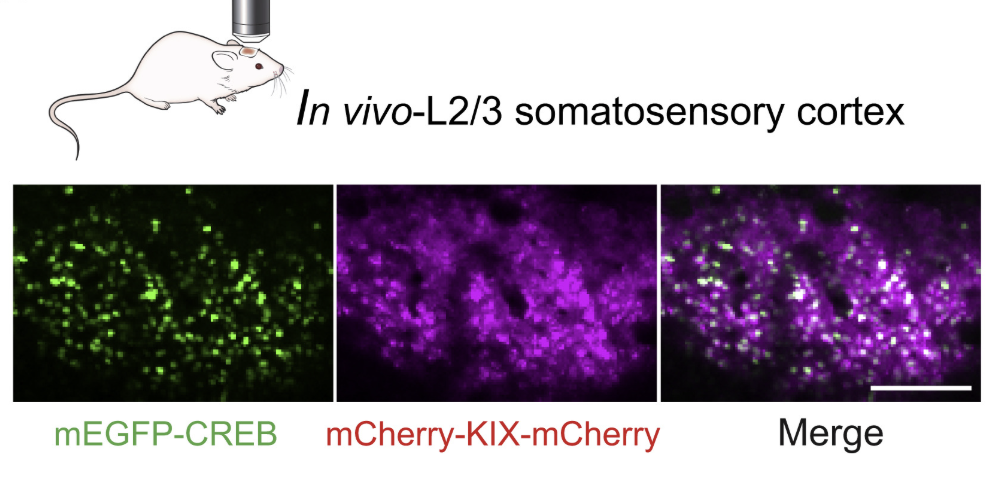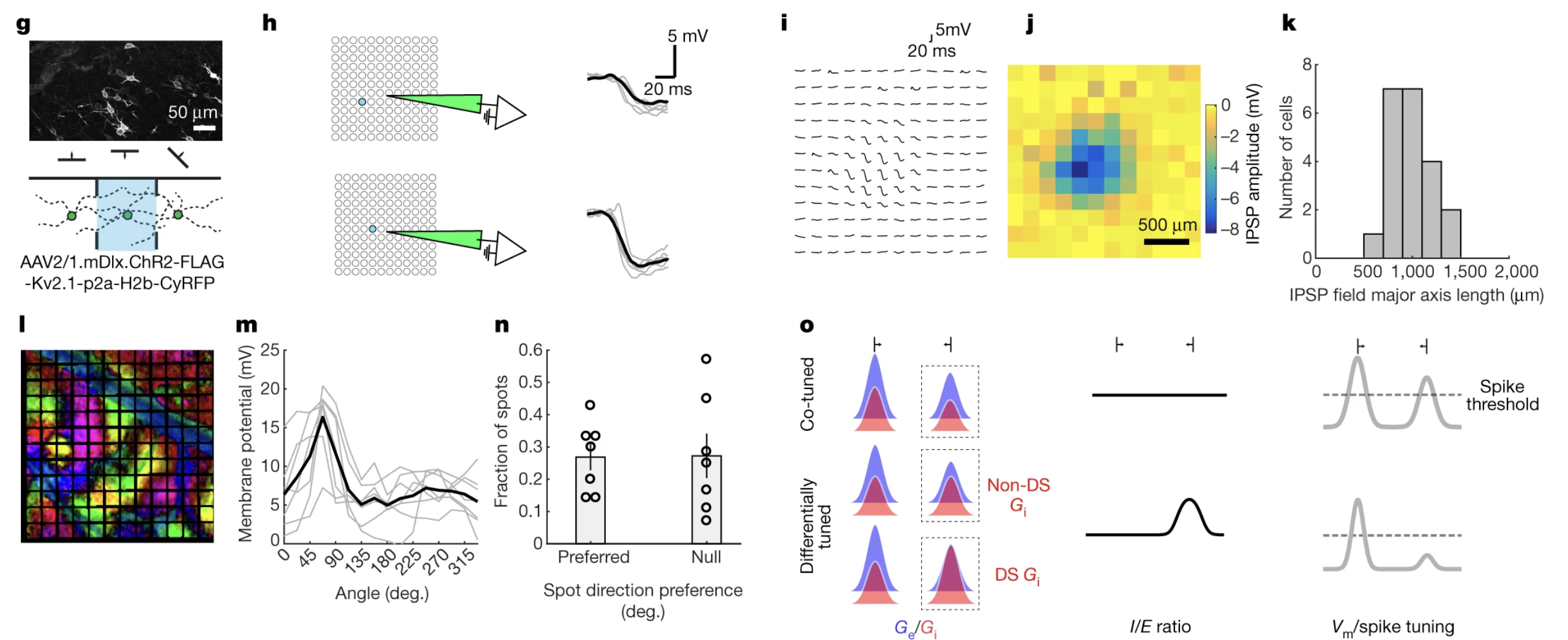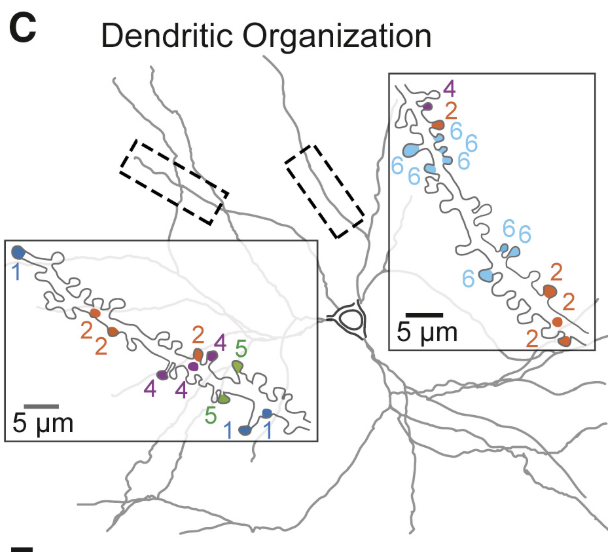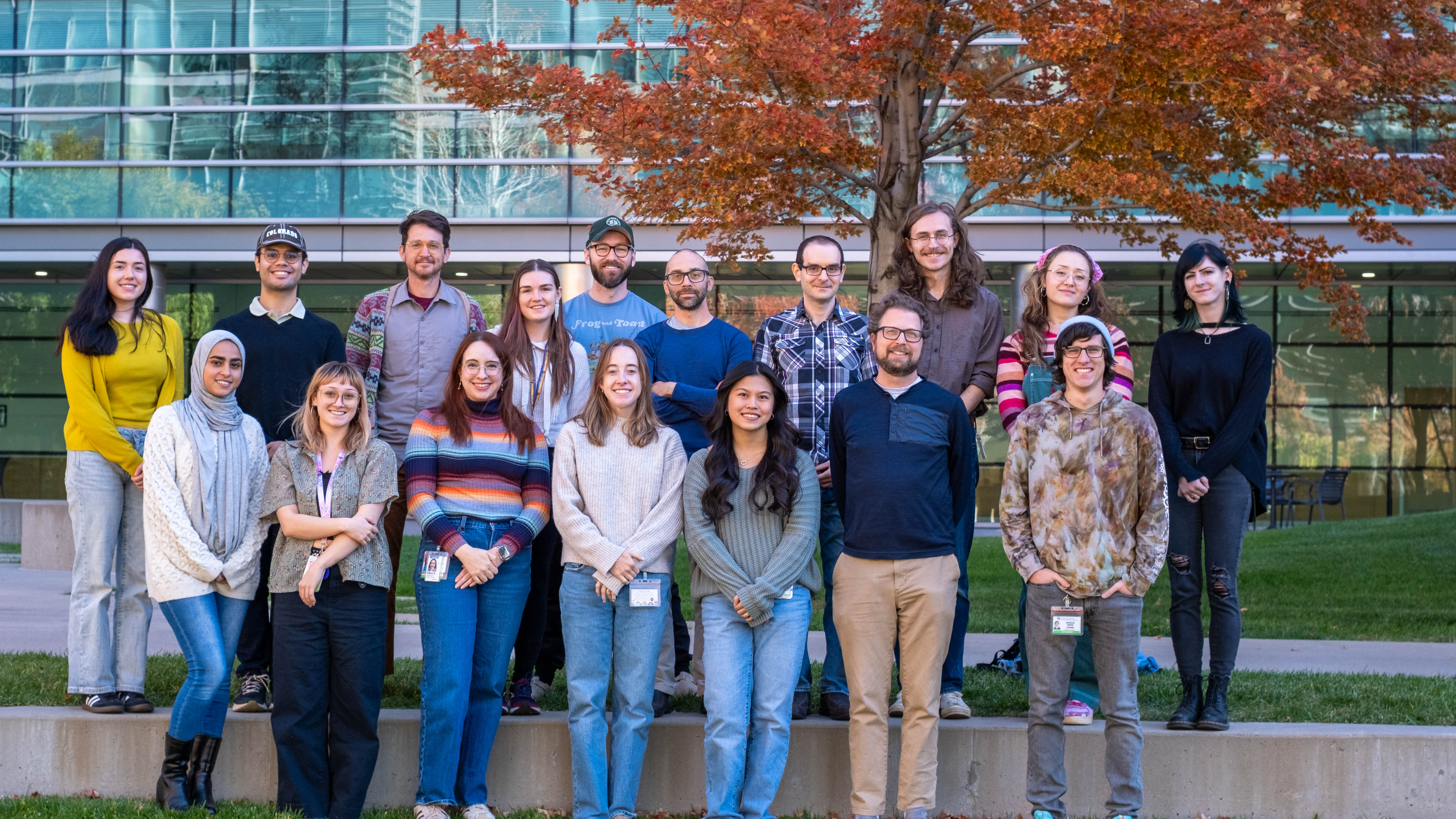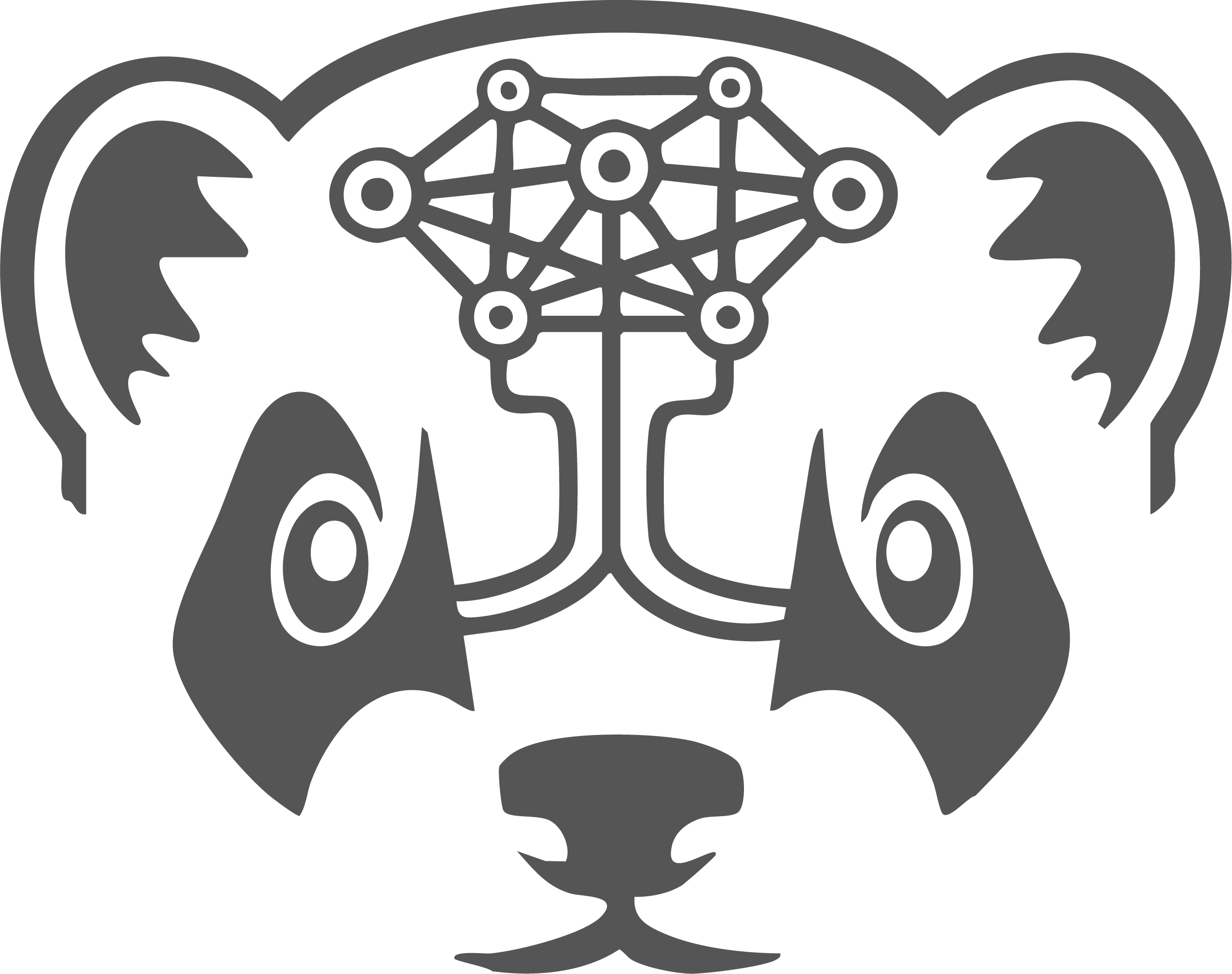
Scholl Lab
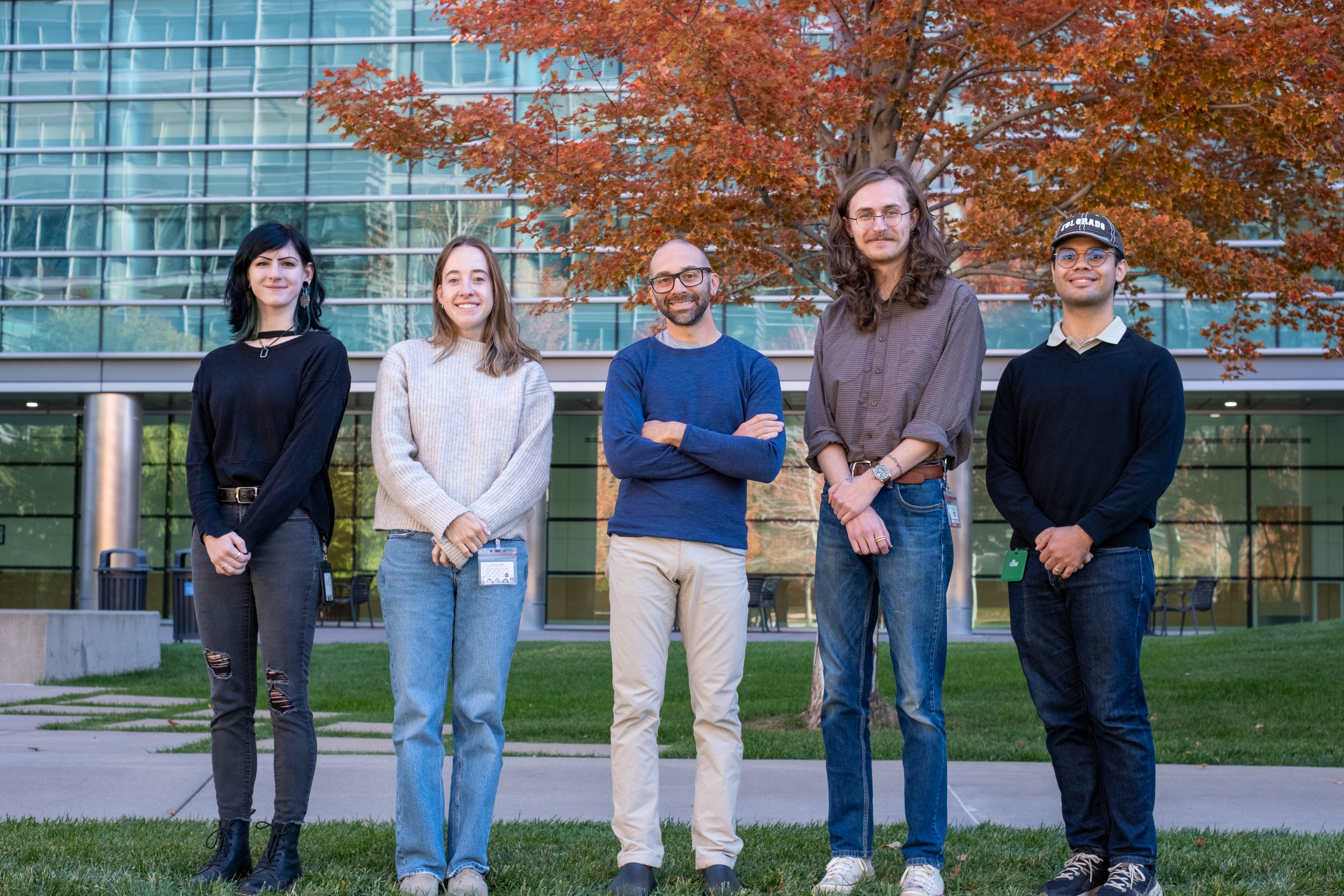

My lab studies synaptic networks. Each neuron receives a wide collection of inputs. These inputs can drive, suppress, or subtly modulate their target. The suite of operations neurons can perform are defined by these inputs and their dynamics. Outside network dynamics, the only way a neuron can dramatically change its operational capacity is through plasticity (e.g. learning, development) of these inputs. Thus, to understand how individual neurons and circuits transform information, we must build a fundamental understanding of synaptic networks. I believe this knowledge will extend beyond fundamentals and lead to novel insights into circuits in neurological and developmental disorders.
Our work uses a variety of techniques to study sensory processing within single cells and across large-scale populations in vivo. Historically this has been with electrophysiology (intracellular and extracellular recordings) and multiphoton calcium imaging. We have expanded to two-photon optogenetics, functional connectomics with electron microscopy, gene editing to disrupt naturally expressed proteins and receptors, and studying natural behaviors.
All people deserve to be treated equally, with dignity and respect. Our lab welcomes and encourages individuals from all backgrounds. We are committed to maintaining a supportive environment. Together, we strive for scientific excellence while learning and honing a variety of skills in the process.
Our lab is located within the Department of Physiology and Biophysics at the University of Colorado, Anschutz. We are part of the Visual Computation Cluster, along with Drs. Gidon Felsen, Alon Poleg-Polsky, and Den Denman. Our environment provides plenty of resources to share with interested students, trainees, or staff scientists.

